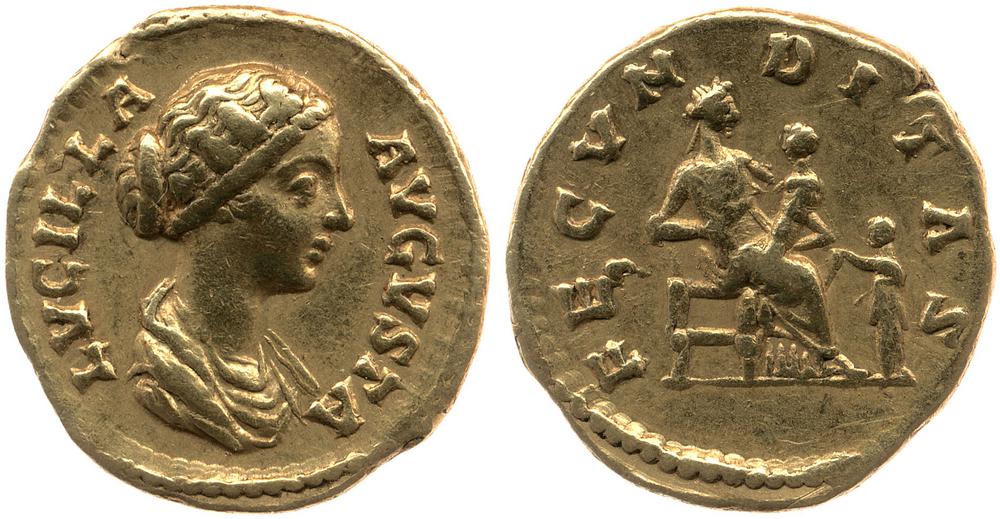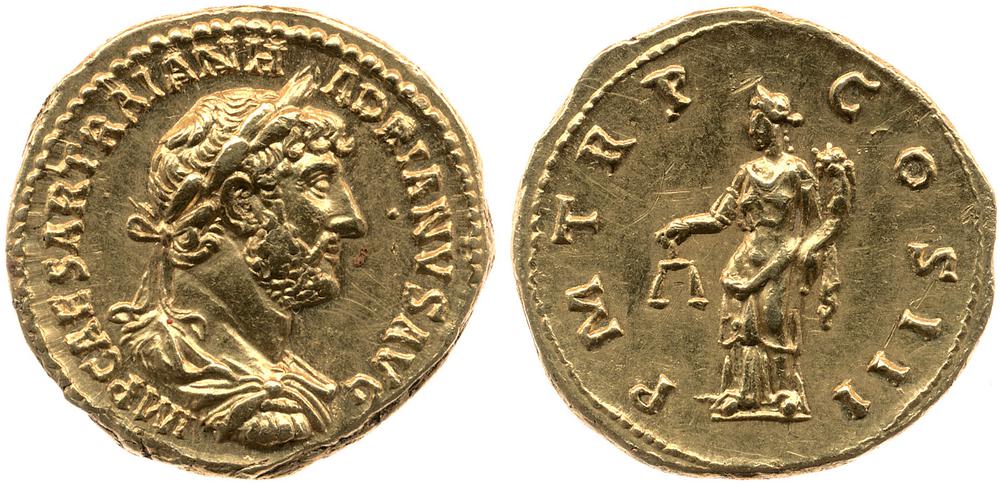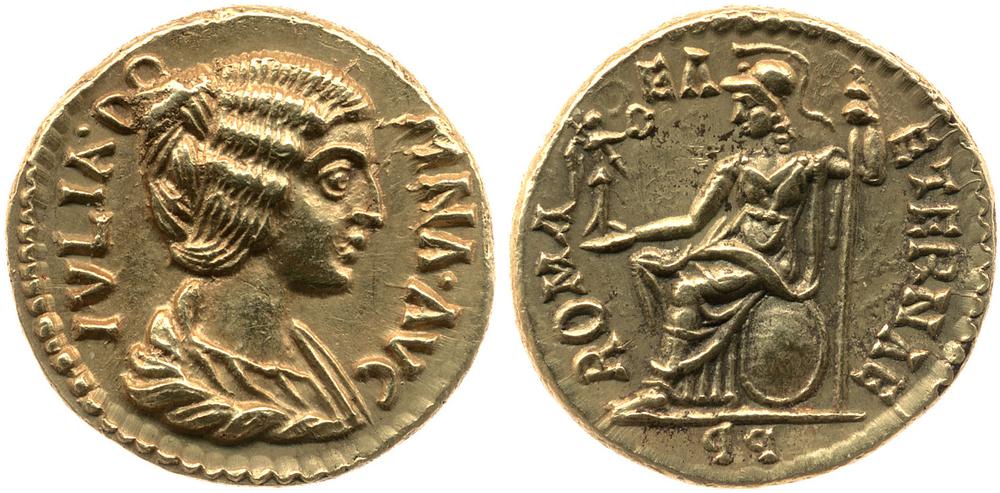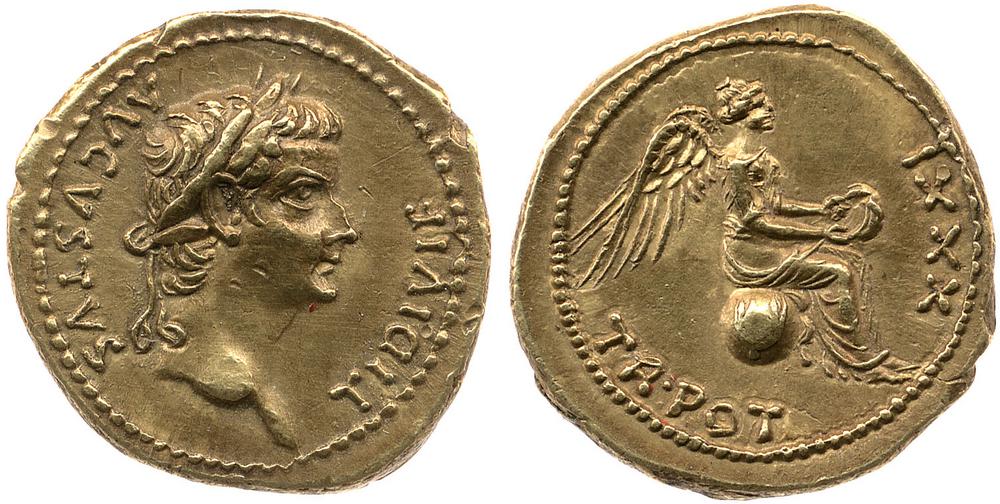
Ancient people deified natural phenomena, portrayed them in the form of human figures, animals and fantastic creatures. Such personifications were popular in ancient Rome, in particular, they can be seen on the reverses of many coins. Mars, Fortune, Libertas, Apollo, Juno - the images of these and other gods were familiar to every Roman.
Today we will look at Roman coins with personifications from the Hyman Montagu collection. A London lawyer and expert in banking, he became the pre-eminent numismatist of the 19th century and the author of several important works on coins. So, in 1890, a catalog was published with images of English coins issued in the 18th-19th centuries. The collector wrote many essays on coinage, was a member of the Society of Antiquaries, and also collaborated with other scientific societies. Montagu bought coins not only individually, but also in whole collections. Moreover, a sixth of the entire collection was made up of Roman gold coins. A year after his death, in 1896, the coins of Ancient Rome were sold at the Rollin & Feuardent auction. Today, some of them are kept in the British Museum.
On the first coin with the profile of Lucilla, wife of Emperor Lucius Vera, the reverse depicts Fecunditas with two children's figures: one child sits on her lap, the second stands nearby. The Roman goddess Fecunditas was responsible for fertility, early references to her date back to the reign of Nero. When his wife Poppea Sabina had a child, the senate ordered the construction of a temple in honor of the goddess.

On the next aureus, issued during the time of Hadrian, one of the five "good emperors", on the obverse we see a portrait of the ruler himself, on the reverse - Equitas, the goddess of justice. Equitas is depicted as a woman in a long robe, she holds scales in one hand, and a cornucopia in the other. The concept of "equitas" refers to solutions to difficult situations, it is reconciliation in the event of a clash of completely different interests.

Another coin from the Hyman Montague collection was minted during the lifetime of Julia Domna, wife of Emperor Septimius Severus. The reverse depicts Roma, the patroness of Rome. On her right palm stands the miniature goddess of victory Victoria with a constant attribute - a palm wreath, which she holds in front of Roma. Roma embodied the prosperity and advantages of Rome over other states. The image of the seated Roma influenced the formation of the allegorical image of Britain.

A full-fledged personification of Victoria is placed on the reverse of the golden quinary of Emperor Tiberius. Gold quinary, equal to ½ aureus, was not common, it was minted irregularly. Winged Victoria here sits on a globe and holds a wreath in both hands. According to one version, the female figure with wings is not the embodiment of the goddess herself, but symbolizes the spirit of victory.

The last personification is the image of Sol. This is the aureus of Heliogabalus, on the reverse of which is the figure of the sun god. For a long time, the functions of Sol were performed by the two-faced Janus, but over time, a separate deity stood out. He is often accompanied by winged horses harnessed to a chariot, but he stands alone on the coin. The crown with rays on the head symbolizes the Sun.

